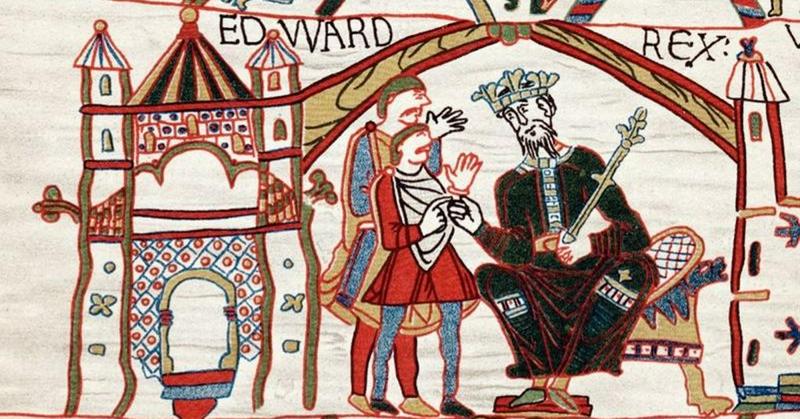History's Most Significant Piece Of Needlework
By | May 11, 2022

Putting needle and thread to cloth is a necessary and utilitarian task, but in some cases, it can also be an art form and even a type of record keeping. Such was the case with the Bayeux Tapestry. This remarkable of work of embroidery recounts the events leading up to the Norman Invasion of 1066, when William, Duke of Normandy, sailed to England to face King Harold II in the Battle of Hastings.
The Bayeux Tapestry
The Bayeux Tapestry measures about 230 feet by 20 inches and depicts 70 scenes in total, although experts believe a few panels may be missing. One panel in particular gets a lot of attention because it seems to show Halley's Comet, making it one of the earliest recorded images of the famous comet.

Who Made The Bayeux Tapestry And Where?
The tapestry was so named because it hung in the Bayeux Cathedral in Normandy starting in at least 1476, but locally, it's known as the Tapestry of Queen Matilda because the queen, wife of William the Conqueror, is credited with designing and helping to stitch the tapestry with her ladies-in-waiting. Other experts contend that Queen Matilda may have had a hand in the embroidery, but it was her husband's half-brother, Bishop Odo, who commissioned its creation. It may have also been commissioned by a Canterbury abbot named Scolland or Queen Edith of Wessex. Some researchers believe that Edith hid secret messages in the tapestry so the English would know how to usurp the Normans.
Another subject of controversy is where the Bayeux Tapestry was created. The people of Normandy contend that it was embroidered in France, but some experts believe that it was created in England based on the style of embroidery and colors of the wool threads, whose dyes were native to the country.

The Bayeux Tapestry Today
Today, the Bayeux Tapestry no longer hangs at its namesake cathedral. It's on display at the nearby Musee de la Tapisserie de Bayeux, where it's still studied by scholars, historians, and scientists. The needlework, which has been called one of the greatest achievements of the Norman Romanesque era, may still have secrets to reveal.

